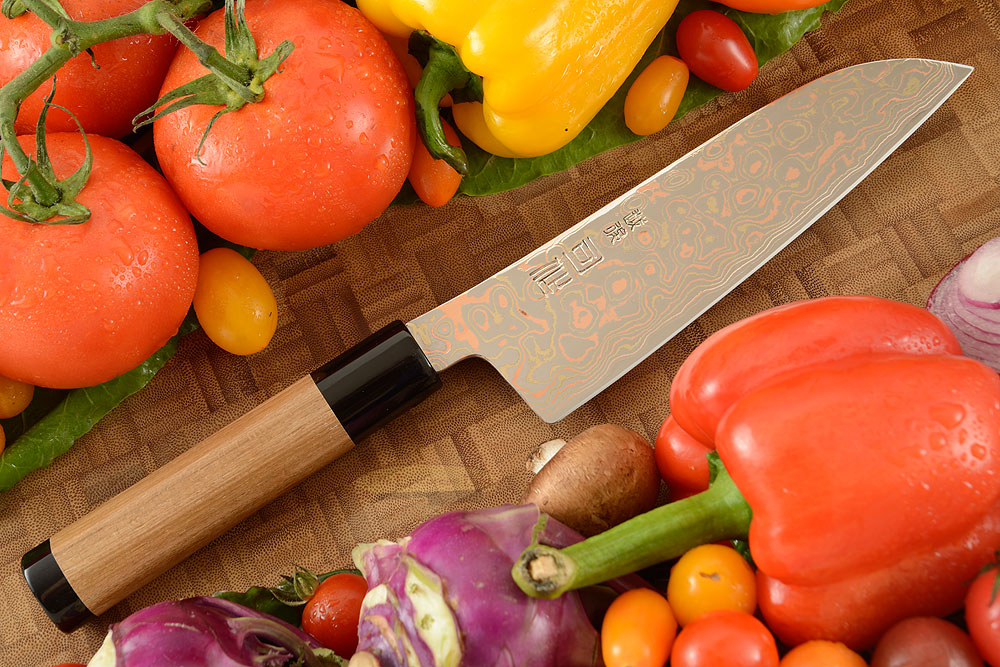I just ordered a forge and anvil from Atlas knife and tool so now my mind is racing with different materials that I could now try to turn into a knaf shaped object that was a lot harder when I could only do stock removal.
I got into knives through Japanese kitchen knives and was thinking of picking some prelaminated multilayer clad "suminigashi" billets. Digging around, I found this Yu-Shoku V-Toku2 from Takefu Steels: https://www.bladegallery.com/shopexd.asp?id=99508
This stuff appears to be mokume-clad V-Toku2 as it says in the description it's copper, brass, and stainless steel cladding.
Anybody work this stuff? They say "We recommend not upset forging this material as this can cause delamination." At the temps needed to heat treat it, how does the copper and brass not just melt and leak out if you cut the dang thing to profile it? Or maybe it's not multilayer laminate, the mokume was already worked to make patterns in it and then wrapped as cladding around the core?
I got into knives through Japanese kitchen knives and was thinking of picking some prelaminated multilayer clad "suminigashi" billets. Digging around, I found this Yu-Shoku V-Toku2 from Takefu Steels: https://www.bladegallery.com/shopexd.asp?id=99508
This stuff appears to be mokume-clad V-Toku2 as it says in the description it's copper, brass, and stainless steel cladding.
Anybody work this stuff? They say "We recommend not upset forging this material as this can cause delamination." At the temps needed to heat treat it, how does the copper and brass not just melt and leak out if you cut the dang thing to profile it? Or maybe it's not multilayer laminate, the mokume was already worked to make patterns in it and then wrapped as cladding around the core?



